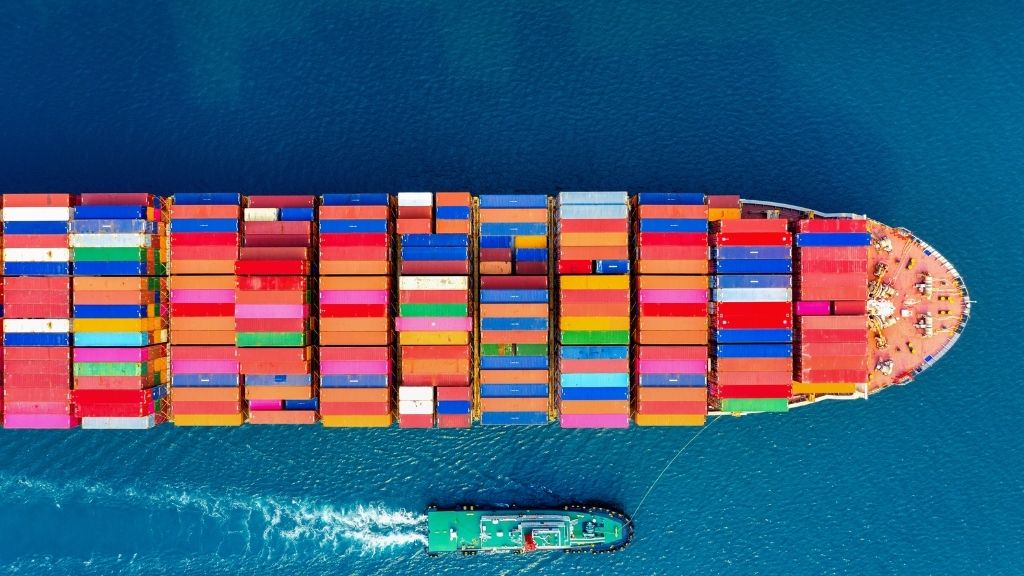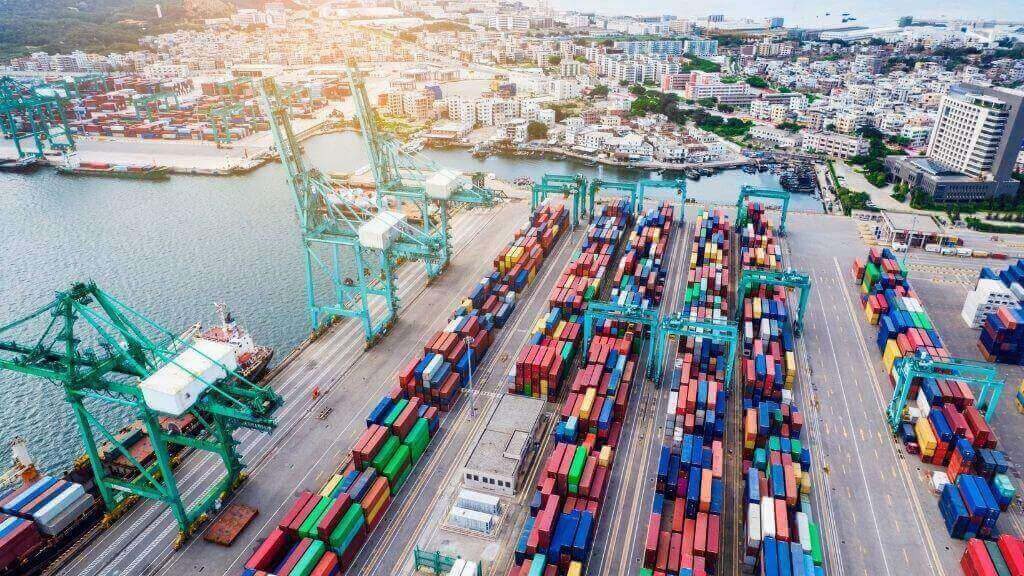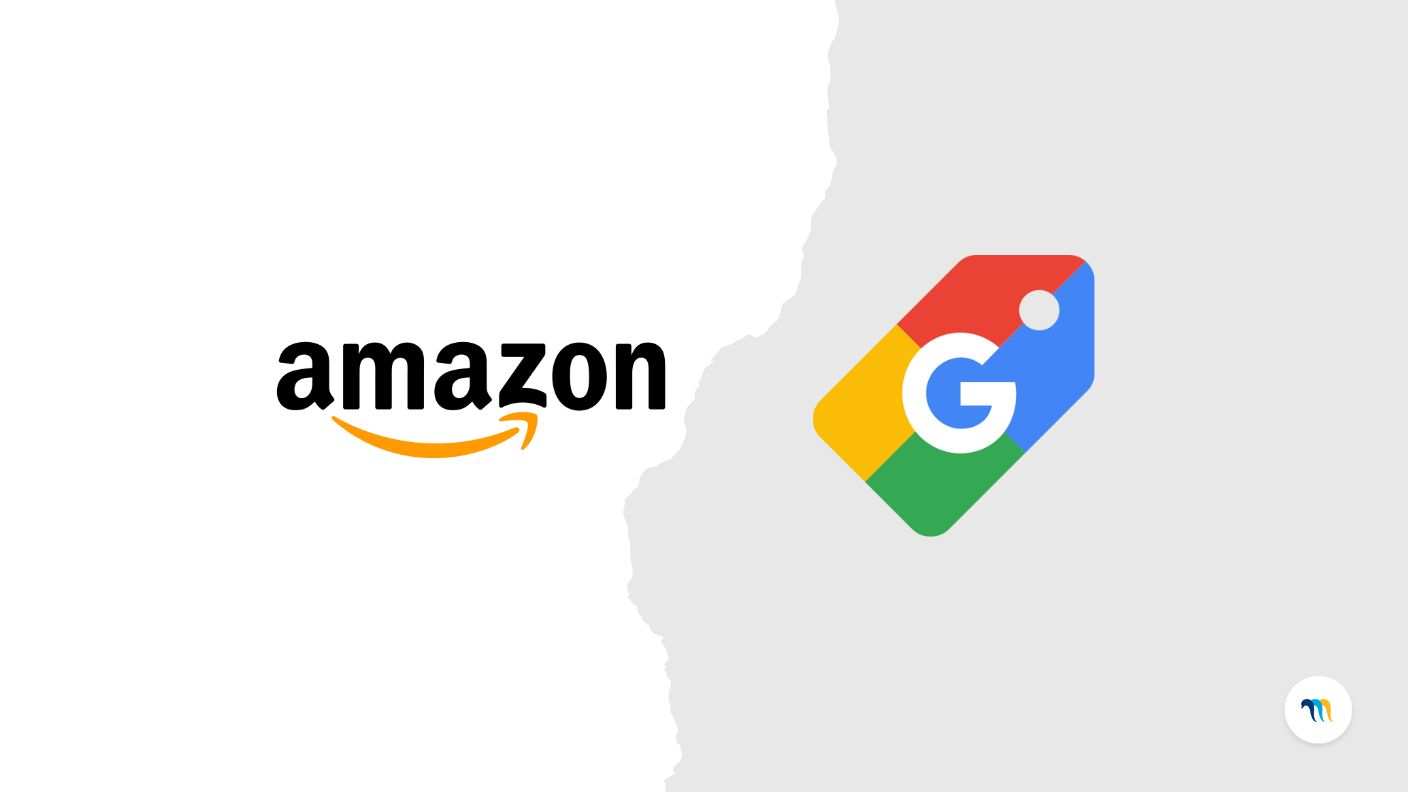

Price control is key to maintaining retailers’ profitability during the current global supply chain crisis. The worst of this supply crisis was seen in November 2021. The exponential increase in demand following the lull in the pandemic caused delays in delivering products or raw materials. A lack of supply of certain items continues in 2022. These issues are hindering the normal activity of e-commerce businesses and brands. This scenario harms retailers, who must maintain adequate price control to guarantee profit margins and avoid customers going elsewhere. From Minderest, we explain how this situation affects e-commerce prices and what measures can be taken.
How the supply chain crisis affects final prices
Supply chain problems affect companies’ ability to deliver their products on time and respond to users’ needs. In addition, demand continues to be high, so companies receive more requests than they can effectively meet. To meet demand, they must bear the brunt of higher costs due to this crisis. This may be either through new suppliers with access to more extensive resources or by speeding up shipping times.
On the other hand, the implementation of health protocols and restrictions between different countries has also led to increased transport, raw material, and goods production costs. The combination of both elements tends to lead e-commerce businesses to increase the final prices of their products, to cope with the increase in costs. Many companies are already doing this. But how much should this increase be? How do you know what bracket to move to without losing customers? What if the market situation changes again?

How to keep prices under control
Big data and price monitoring provide the answers. Advanced analytics enables a complete view of market movements. It makes it easy for companies to adapt to changes and avoid problems that negatively impact the business.
Thus, with the help of automated price intelligence tools, it is possible to know competitors’ prices and how they vary according to market needs. It is also possible to define new prices that respond to these changes without reducing the profit margin of the e-commerce business itself, while still maintaining a competitive position. Software, such as Minderest, enables constant price monitoring in online stores and any sales channel, and marketplaces, Amazon, eBay, Google Shopping etc. Analysing changes in the market also helps retailers predict the expected demand volume more accurately. This helps avoid the so-called bullwhip effect, characterised by a mismatch of expected demand in the supply chain, which could worsen the current crisis.
In short, applying analytics through powerful price intelligence software helps companies better understand and identify risks. It allows businesses to accurately forecast future demand, achieve a tighter supply chain, and deliver competitive prices while maintaining a stable profit level. The goal is to have quality information to optimise decision making and improve online store performance.
Find out how Minderest can take your business to the next level.
Contact our pricing experts to see the platform in action.
Related Articles

How Surveillance Pricing Works and Its Applications for Your Business
The term "Surveillance Pricing" might conjure images of corporate espionage and price manipulation. However, this initial perception hides one of the most sophisticated and powerful strategies in...
Amazon Returns to Google Shopping: How It Affects Retailers and Brands
After a one-month pause, Amazon has reactivated its campaigns on Google Shopping in multiple international markets (though not yet in the U.S.). Its return brings increased competitive pressure and an...